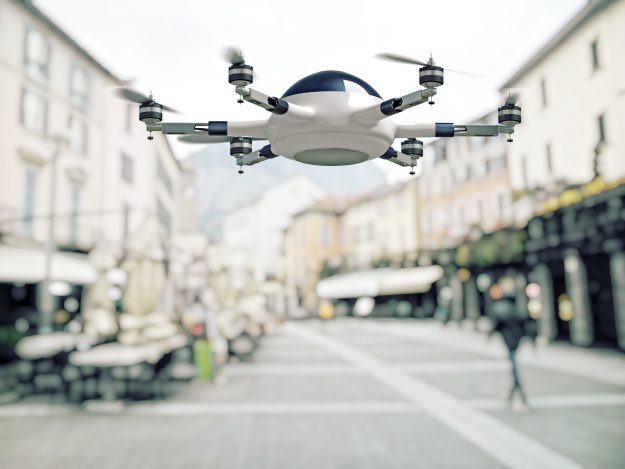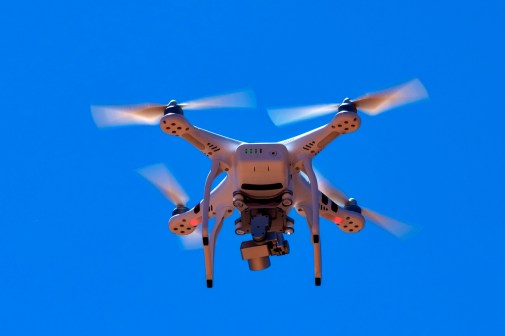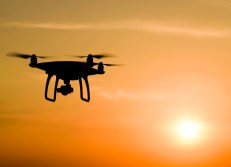FAA drone governance inappropriately cautious, holding back industry, report finds

As the commercial drone industry continues to grow, overly cautious restrictions put in place by the Federal Aviation Administration are unnecessarily hindering the use of drones in the U.S., according to a report by the National Academies of Sciences, Engineering and Medicine.
The congressionally-mandated report released on Monday — and written by a 14-person committee of aviation experts, researchers, academics, and industry leaders — urged the FAA to “evolve” its process for assessing the risk of drones in American airspace. The report emphasized that many of the drones in operation today fly well below any passenger or cargo airplanes.
The main recommendation made in the report was for the FAA to reconsider using a “one-size-fits-all” risk assessment policy that lumps in drones with commercial aircraft. Because drones come in such a wide array of sizes and capabilities, there needs to be a system for categorizing them separately from the system used for aircrafts, researchers say.
“An example would be a drone that cannot fly above 400 feet, is nowhere near an airport, and is used to deliver emergency medical supplies,” said George Ligler, the chairman of the committee that wrote the report. “In that case the FAA’s current risk assessment approach for manned aircraft is inappropriate.”
In a statement to The Wall Street Journal in response to the report, the FAA said it is “is working to safely accelerate [drone] integration on multiple fronts, including establishing pilot programs and drafting proposed rules.”
Last month , the FAA and the Department of Transportation announced their selections for a pilot program that will test new drones uses beyond what is allowed under current regulations.
The report also recommends the FAA consider risk holistically, which means including not only the safety risks posed by drones but also the possible benefits.
“Even though flying drones adds a small degree of risk into the airspace, the risk is overwhelmed by the safety benefits of drones as a whole,” Ligler said.
“For example,” the report says, “the FAA does not ground airplanes because birds fly in the airspace, although birds can and do bring down aircraft.”
New public safety applications of drones are already becoming evident. In January, a drone in New South Wales, Australia was used to save two swimmers caught in rough surf, and the same drone was being used to spot sharks at the time. According to DJI, the Chinese technology company dominating the consumer drone market, there have been at least 133 lives saved by drones in the past three years.
Ligler also pointed to a number of dangerous professions that can be made safer through the use of drones, including the inspection of critical infrastructure like bridges, power lines, and railroad tracks.
“An appropriately equipped drone can outperform any human in efficiency and safety when it comes to some of these jobs,” said Ligler, adding that the professionals in charge of these jobs now would still be contributing to the operation of the drone and the analysis of the data it collects, so their experience will still be utilized.
Industry leaders, with the goal of increased sales in mind, also see changing the way the FAA handles drone regulation as a way to cut down on bureaucracy within the agency.
“We produce some of the smallest consumer drones on the market,” said DJI corporate communications director Adam Lisberg. “Taking away restrictions on some of them would relieve an enormous administrative headache for the FAA.”






